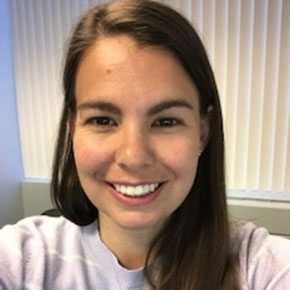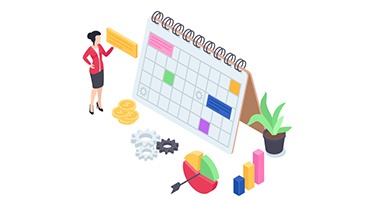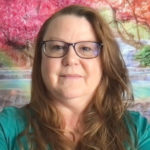A few years ago, the association I was working at decided to overhaul and upgrade the organization website. Among many other resources, this project involved the need for staff to coordinate work with an outside vendor in order to re-do the site.
Although the website updates were eventually completed, projects rarely go according to plan. Looking back, there are definitely steps we could have carried out differently to better help the consultant understand both our project objectives and expectations. Most of my learning from this specific project centered around communication and understanding business processes.
Within this specific project, these were some of the critical business processes we needed to understand:
- What and How different departments communicated with members. It was necessary for our team to understand the channels of communication and the content that was being delivered.
- What and How data processes were used for our Association Management System (AMS). Our team needed to know how data was input into the system, as well as the type of data being collected.











